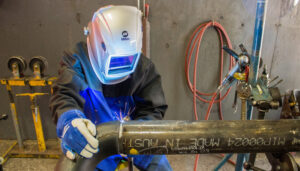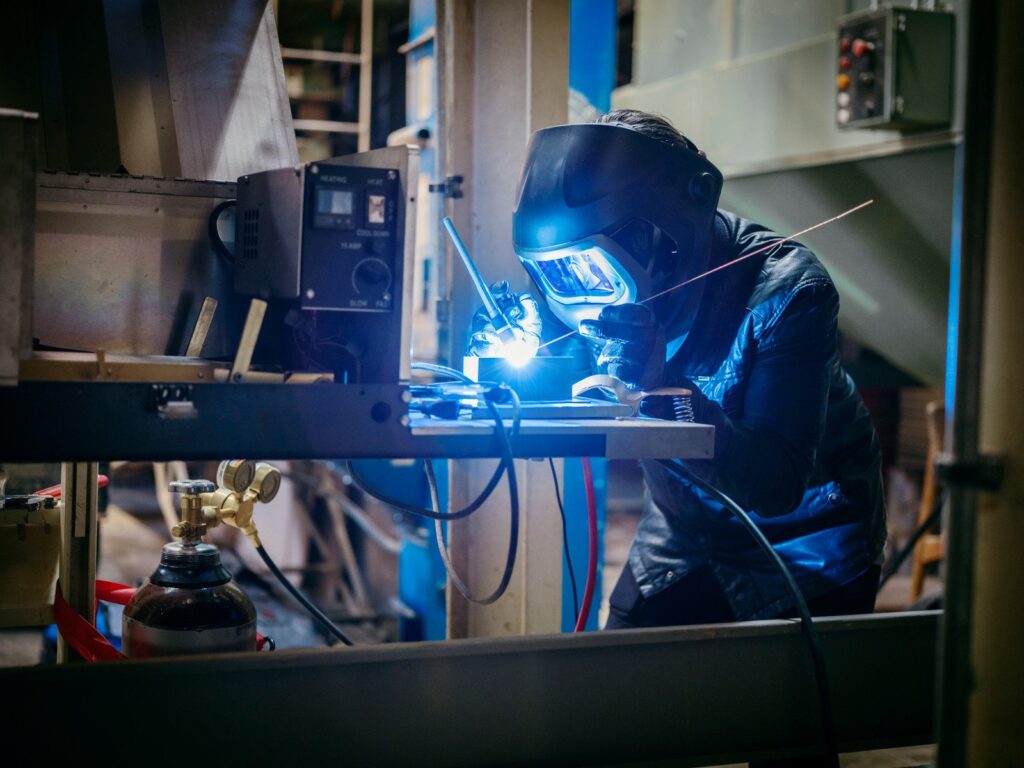Various methods used in welding
Welding is one of the most popular technical jobs, which is needed for example in buildings, various constructions or room renovations. Although it is a very popular job among Poles, it hides a number of complex execution techniques. Although on the surface it is simply joining materials together using a welding machine, there are at least several techniques for doing so. Each is used to join different types of materials and has its own individual advantages and disadvantages.
These include techniques such as:
- MIG / MAG,
- TIG,
- WIG,
- FCAW Innershield.
Welding with the MIG / MAG technique
The name of this technique is derived from the English language and is called Metal Inert Gas / Metal Active Gas". It is a method of joining materials under the cover of an inert gas (MIG) and an active gas (MAG). Inert gas can be, for example, helium or argon, while active gases include carbon dioxide. This method is ideal for welding most materials. It is most often used in assembly work or for automatic and semi-automatic welding. MIG/MAG is currently the most widely used welding method.
Its advantages include:
- high quality connection,
- high performance,
- the prospect of robotic technology,
- multiple welding positions.
The disadvantages, however, include:
- large metal spatter in MAG welding,
- the need for protection when welding in the open air,
- The quality of the joints depends on the technical ability of the welder.
TIG (WIG) method
From English "Tungsten Inert Gas" (where the German 'tungstein' means 'gas'). This method involves the formation of an electric arc using a non-fusible tungsten electrode in an inert gas shield. This method is used for automatic or manual welding. It is used to weld all grades of steel and is most commonly used to join aluminium and aluminium alloys. It is a very versatile welding method.
The advantages of this technique are:
- best call quality,
- the prospect of robotisation,
- the possibility of welding in any position,
- possibility to weld materials of different thicknesses,
- no need for post-processing.
Unfortunately, this technique also has disadvantages such as:
- Low productivity in manual execution, low welding speed,
- use of wind protection in open spaces,
- experience and strong technical skills required,
- preparation of the workpiece.
FCAW Innershield method
There is also a method FCAW Innershield (Flux-Cored Arc Welding), which is identical to MIG / MAG with the difference that instead of lithium wire, a wire is used, inside which there is a core with a powder. During welding, the core melts under the influence of temperature and the burned powder forms a shielding gas that protects around the weld pool. That is why this wire is called self-shielding, as it is not necessary to obtain gas from the outside. This process makes the entire welding process much easier.



































